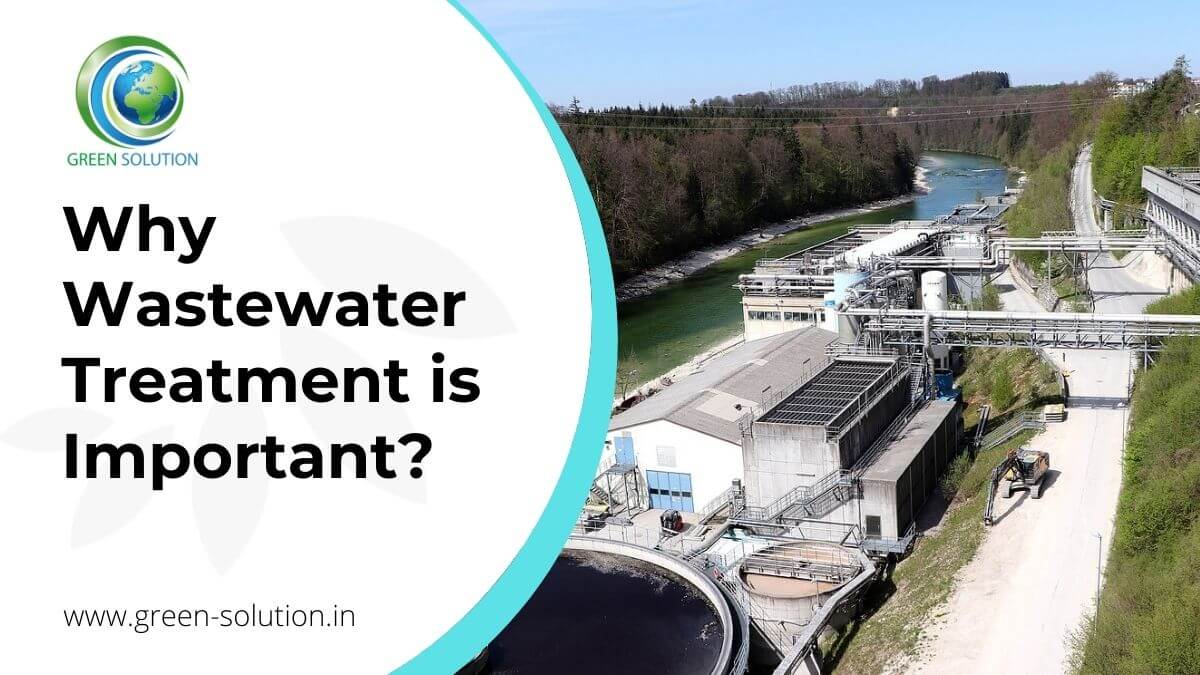All About Reclaim Waste
All About Reclaim Waste
Blog Article
Reclaim Waste Things To Know Before You Buy
Table of ContentsThe 9-Minute Rule for Reclaim WasteReclaim Waste Can Be Fun For EveryoneThe Single Strategy To Use For Reclaim WasteMore About Reclaim WasteSome Known Factual Statements About Reclaim Waste
Domestic sewage waste refers to the waste and items from a residential septic tank. The appropriate administration and disposal of domestic sewage waste need fluid waste to be transferred to a sewage therapy plant where the correct techniques and devices are used to detoxify and dispose of waste.
Commercial waste usually consists of possible threats, such as flammable materials or a mixture of liquid and strong waste items, and needs an advanced and thorough disposal process. The disposal of commercial waste generally includes the purification of waste before transport to ensure risk-free and appropriate disposal. Hazardous waste is produced from results and drainage of industrial procedures and production.
This sort of waste can not use the same sewer monitoring transport or processes as septic or commercial liquids. The industrial waste management process calls for the assessment and testing of liquid waste prior to it goes through the disposal procedure (liquid waste disposal melbourne). Overflow waste is the liquid waste that comes from runoff and excess stormwater in highly inhabited areas or cities
Overflow waste can cause contamination and flooding if not managed properly. Ensuring proper waste administration can avoid calamities and reduce environmental damage.
5 Easy Facts About Reclaim Waste Explained
Get in touch with PROS Solutions today to discover our waste management and disposal solutions and the proper methods to look after the fluid waste you produce.
(https://www.huntingnet.com/forum/members/reclaimwaste1.html)This supposed 'wastewater' is not just a vital resource however, after treatment, will be launched to our land, rivers or the sea. Used water from commodes, showers, baths, kitchen sinks, washings and commercial processes is understood as wastewater.

water utilized to cool equipment or clean plant and tools). Stormwater, a type of wastewater, is runoff that moves from farming and urban areas such as roofing systems, parks, gardens, roads, paths and gutters into stormwater drains pipes, after rain. Stormwater flows without treatment straight to neighborhood creeks or rivers, ultimately getting to the ocean.
Reclaim Waste Fundamentals Explained
In Queensland, a lot of wastewater is treated at sewage therapy plants. Wastewater is transferred from domestic or industrial sites through a system of sewage systems and pump stations, known as sewage reticulation, to a sewage therapy plant.
The Department of Natural Resources encourages regional governments about handling, operating and maintaining sewerage systems and therapy plants. In unsewered locations, city governments may require homeowners to install specific or home sewer therapy systems to deal with domestic wastewater from commodes, kitchen areas, shower rooms and laundries. The Division of Natural Resources authorizes the use of family systems when they are confirmed to be efficient.
A lot of stormwater obtains no therapy. In some brand-new neighborhoods, treatment of some stormwater to remove litter, sand and crushed rock has started using gross contaminant catches. Wastewater therapy occurs in 4 phases: Removes solid issue. Bigger solids, such as plastics and various other items mistakenly released to drains, are removed when wastewater is gone through displays.
Wastewater then flows right into big tanks where solids clear up and are eliminated as sludge. Oil and residue are skimmed from the surface. Utilizes tiny living organisms called micro-organisms to break down and remove staying liquified wastes and great particles. Micro-organisms and wastes are incorporated in the sludge. Gets rid of nitrogen and phosphorus nutrients that might cause algal blossoms in our waterways and endanger water life.
The Buzz on Reclaim Waste
Nutrient removal is not readily available at all sewage therapy plants because it calls for expensive specialized equipment. Clear fluid effluent produced after therapy might still include disease-causing micro-organisms - industrial wastewater treatment.

A lot of wastewater flows into the sewerage system. Under the Act, regional federal governments administer approvals and permits for ecologically pertinent activities (Periods) involving wastewater launches that could have a neighborhood effect.
The Reclaim Waste Diaries
Tracking offers valid info concerning water top quality and can validate that permit problems are being met. The information acquired through monitoring offers the basis for making water quality choices.
Report this page